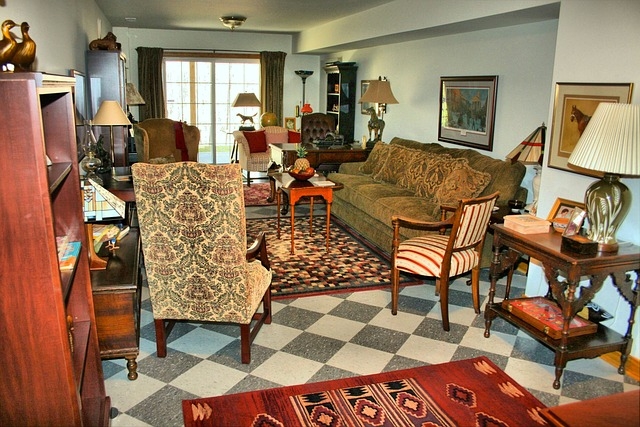
primarily relevant in areas influenced by southwest culture and aesthetics.
History and origins of southwestern rug designs
The influence of Native American tribes on art and architecture in the southwest region is profound and far-reaching. From traditional Pueblo adobe dwellings to intricate Navajo rugs, the rich cultural heritage of these indigenous peoples can be seen in every aspect of artistic expression.
One of the most striking examples of this influence is the use of natural materials and earth tones in both art and architecture. The adobe mud bricks used to construct Pueblo buildings are not only practical for their insulating properties but also serve as a nod to the land from which they were sourced. Similarly, the vibrant colors found in Navajo textiles are often derived from local plants and minerals, creating a connection between art and nature that is deeply rooted in tribal traditions.
Another hallmark of Native American influence on art and architecture in the southwest region is the use of geometric patterns and symbols. From Zuni pottery to Hopi kachina dolls, these motifs play a central role in conveying cultural stories and beliefs. The repetition of shapes like diamonds, zigzags, and spirals not only adds visual interest but also carries spiritual significance for many tribes.
Overall, the impact of Native American tribes on art and architecture in the southwest region cannot be understated. Their respect for nature, attention to detail, and deep spiritual connections are evident in every brushstroke, every stitch, and every stone laid. As we continue to appreciate and celebrate their contributions, we honor not only their artistic legacy but also their enduring spirit that continues to inspire us today.